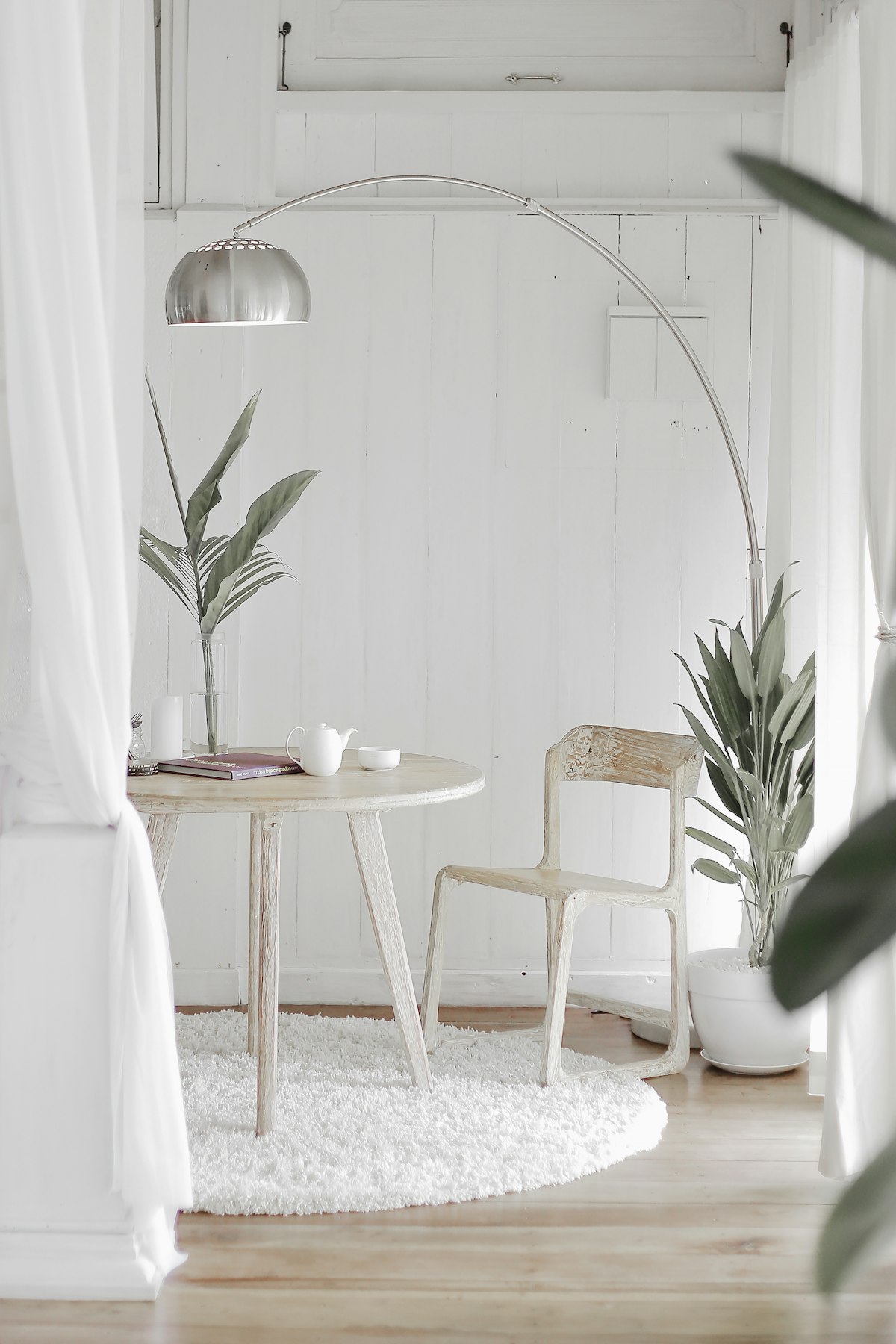We often dream of massive transformations—losing fifty pounds, writing a bestselling novel, completely reinventing ourselves overnight. Yet the truth about lasting change is far less dramatic but infinitely more powerful. Real transformation happens through small, consistent actions repeated daily until they become automatic. These tiny wins accumulate over time, creating compound effects that fundamentally reshape who we are and how we live.
The concept of building success through incremental progress isn't new, but its profound implications are often overlooked in our culture of instant gratification. Understanding how to harness the power of small daily habits can be the difference between perpetual frustration and genuine, sustainable personal growth.
Why Big Goals Often Fail
Most New Year's resolutions fail by February. Ambitious fitness programs get abandoned after a few weeks. Grand business plans remain unfinished in desk drawers. The pattern is familiar and frustrating, but the problem isn't lack of willpower or motivation—it's the approach itself.
Large goals feel overwhelming, creating psychological resistance before we even begin. When we set the bar impossibly high, every day we fall short reinforces feelings of inadequacy and failure. According to behavioral psychology research, our brains are wired to seek immediate rewards, making delayed gratification from distant goals neurologically challenging.
Additionally, major transformations require significant lifestyle changes all at once, which depletes our limited willpower reserves. When we try to overhaul our entire life simultaneously—new diet, exercise routine, meditation practice, reading habit, and side business—we set ourselves up for inevitable failure. The cognitive load becomes unsustainable, and we collapse back into old patterns.
The Science Behind Small Wins
Small wins operate on fundamentally different psychological and neurological principles than big goals. When you accomplish something—even something minor—your brain releases dopamine, creating positive feelings and motivation to continue. This neurochemical reward system makes you want to repeat the behavior, gradually forming automatic habits that require less conscious effort over time.
Researcher BJ Fogg's work on behavior design demonstrates that tiny habits bypass our resistance mechanisms. When a behavior is small enough, it feels effortless, eliminating the internal negotiation about whether to do it. You're not deciding whether to exercise for an hour; you're doing two push-ups. You're not committing to writing a book; you're writing one sentence.
- Small actions require minimal willpower, preserving mental energy for other demands
- Quick wins build momentum and confidence through immediate, tangible progress
- Tiny habits can be inserted into existing routines, anchoring them to established behaviors
- The low barrier to entry makes starting easy, which is often the hardest part
- Consistency matters more than intensity for long-term behavior change
Practical Strategies for Building Small Win Habits
Start Ridiculously Small: Make your initial habit so easy it feels almost silly. Want to read more? Commit to reading one page daily. Want to meditate? Start with three conscious breaths. The goal is consistency, not performance. Once the behavior becomes automatic, you can gradually increase the duration or intensity.
Anchor New Habits to Existing Routines: Link new behaviors to established daily activities. After you brush your teeth, do one minute of stretching. After you pour your morning coffee, write three things you're grateful for. These anchors trigger your new habit automatically, requiring less conscious effort to remember and execute.
Track Your Progress Visibly: Create a simple visual tracking system—a calendar where you mark each day you complete your habit, a jar where you add a marble for each win, or a habit-tracking app. Seeing your consistency chain grow creates additional motivation to maintain your streak and provides tangible evidence of progress.
Celebrate Every Win: Acknowledge each completion, even mentally. Say "I did it!" or do a small fist pump. This might feel awkward initially, but celebrating reinforces the positive neural pathways associated with the behavior, making you more likely to repeat it. The celebration becomes part of the reward cycle that drives habit formation.
Real-Life Applications Across Life Areas
Physical Health: Instead of committing to hour-long gym sessions, start with five minutes of movement daily. Do a few jumping jacks, take a short walk around the block, or follow a quick YouTube stretch routine. As the habit solidifies, your natural inclination will be to extend the duration because you've already started.
Mental Wellbeing: Rather than attempting thirty-minute meditation sessions, begin with one mindful breath when you wake up. Close your eyes, inhale deeply, exhale slowly, and notice how you feel. This micro-practice builds awareness and creates space for expansion as you experience the benefits firsthand.
Personal Development: Learning new skills becomes manageable through tiny daily practice. Study one vocabulary word in a new language, practice one chord on guitar, or watch a five-minute educational video. These micro-learning sessions accumulate into substantial knowledge over months and years.
Relationships: Send one appreciative text message daily to someone in your life. Ask one meaningful question during conversations. These small gestures compound into deeper, more fulfilling relationships over time.
According to psychology experts, consistency in small actions builds self-trust and identity. Each time you follow through on a commitment to yourself, you reinforce the belief that you're someone who does what they say—a foundation for all personal growth.
Comparing Habit-Building Approaches
All-or-Nothing vs. Progress-Focused Mindset:
All-or-Nothing Pros: Clear standards, potentially faster results if sustained, appeals to perfectionistic tendencies
All-or-Nothing Cons: High failure rate, creates shame cycles, unsustainable long-term, vulnerable to disruption
Progress-Focused Pros: Sustainable, builds lasting habits, psychologically rewarding, adaptable to life changes
Progress-Focused Cons: Requires patience, slower visible results initially, less dramatic narrative
Recommendation: Choose progress-focused approaches for sustainable life changes. All-or-nothing thinking works temporarily but typically leads to eventual collapse and discouragement.
Willpower-Based vs. Environment-Design Strategies:
Willpower-Based Pros: Feels empowering, develops mental strength, requires no external changes
Willpower-Based Cons: Willpower is finite and unreliable, vulnerable to stress and fatigue, focuses on resistance rather than ease
Environment-Design Pros: Makes desired behaviors easier, reduces decision fatigue, works automatically, sustainable
Environment-Design Cons: Requires upfront effort to restructure surroundings, may not address underlying motivations
Recommendation: Combine both approaches, but prioritize environment design. Make good behaviors easy and bad behaviors difficult rather than relying solely on self-control.
Overcoming Common Obstacles
Even with small habits, obstacles inevitably arise. Life gets chaotic, motivation wanes, or you simply forget. The key is responding constructively rather than abandoning your practice entirely. If you miss a day, recommit immediately without self-judgment. One missed day is data; two consecutive days starts a pattern.
When habits feel stale or boring, introduce slight variations to maintain engagement. Change the time of day, location, or specific activity while keeping the core behavior consistent. The goal is sustainability over decades, which requires periodic refreshing to prevent monotony.
Conclusion
The transformation you seek doesn't require dramatic upheaval or superhuman discipline. It emerges naturally from small, consistent actions repeated until they become who you are rather than what you do. Every tiny win builds evidence that you're capable of change, creating momentum that carries you toward bigger goals you once thought impossible.
Start today with one ridiculously small habit. Not tomorrow after you've planned everything perfectly, not Monday when the week begins fresh, but right now with whatever makes sense in this moment. Read one page, do three push-ups, write one sentence, drink one glass of water. Do it again tomorrow. And the next day. And watch as these seemingly insignificant actions compound into a life you barely recognize—in the best possible way.
Personal growth isn't a destination you reach through one heroic effort. It's a direction you move in through thousands of small choices, each one slightly better than the last. The power lies not in any single action but in the cumulative effect of showing up consistently, honoring your commitments to yourself, and trusting the process even when progress feels invisible. Your future self will thank you for starting small today.

The Power of Small Wins: How Tiny Daily Habits Transform Your Life




























